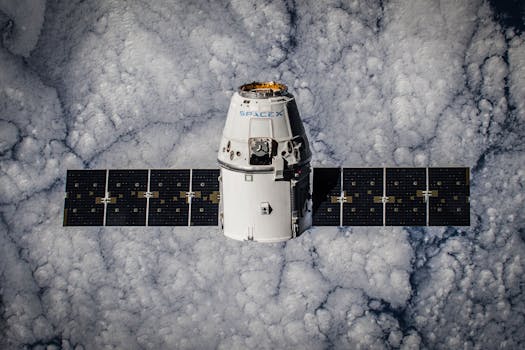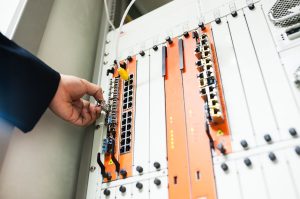The Future of Satellites: Revolutionizing Global Communication and Exploration

The Future of Satellites: Revolutionizing Global Communication and Exploration
The future of satellites is a highly anticipated and rapidly evolving field, with significant advancements in technology transforming the way we communicate and explore space. The focus keyword, future of satellites, is at the forefront of this revolution, driving innovation and growth in the industry. As we move forward, it’s essential to understand the current state of satellite technology and the exciting developments on the horizon.
Current State of Satellite Technology
Satellites have been a crucial part of our daily lives for decades, providing communication services, navigation, weather forecasting, and remote sensing. However, the current state of satellite technology is limited by its reliance on traditional manufacturing methods, launch vehicles, and orbital patterns. The cost of launching and maintaining satellites in orbit is high, making it challenging for new players to enter the market. Nevertheless, the demand for satellite services continues to grow, driven by the increasing need for global communication, navigation, and exploration.
Advancements in Satellite Technology
Several advancements are transforming the satellite industry, including the development of smaller, more efficient satellites, reusable launch vehicles, and advanced propulsion systems. These innovations are enabling the creation of constellations of satellites in low Earth orbit, providing faster, more secure, and more widespread communication services. Additionally, the use of artificial intelligence, machine learning, and the Internet of Things (IoT) is enhancing the capabilities of satellites, allowing for real-time data processing, autonomous operation, and improved decision-making.
Applications of Satellite Technology
The applications of satellite technology are vast and varied, ranging from communication and navigation to weather forecasting and remote sensing. Satellites are playing a critical role in the development of 5G networks, providing high-speed, low-latency communication services to remote and underserved areas. They are also enabling the creation of smart cities, where satellite-based IoT sensors and devices can monitor and manage urban infrastructure, transportation systems, and public services. Furthermore, satellites are being used in environmental monitoring, tracking climate change, and predicting natural disasters, helping us to better understand and protect our planet.
Challenges and Opportunities
Despite the many advancements in satellite technology, there are still significant challenges to overcome. The risk of space debris, the need for sustainable and environmentally friendly launch practices, and the importance of ensuring equitable access to satellite services are just a few of the issues that must be addressed. However, these challenges also present opportunities for innovation and growth, driving the development of new technologies, business models, and regulatory frameworks. As the satellite industry continues to evolve, it’s essential to prioritize collaboration, sustainability, and social responsibility, ensuring that the benefits of satellite technology are shared by all.

